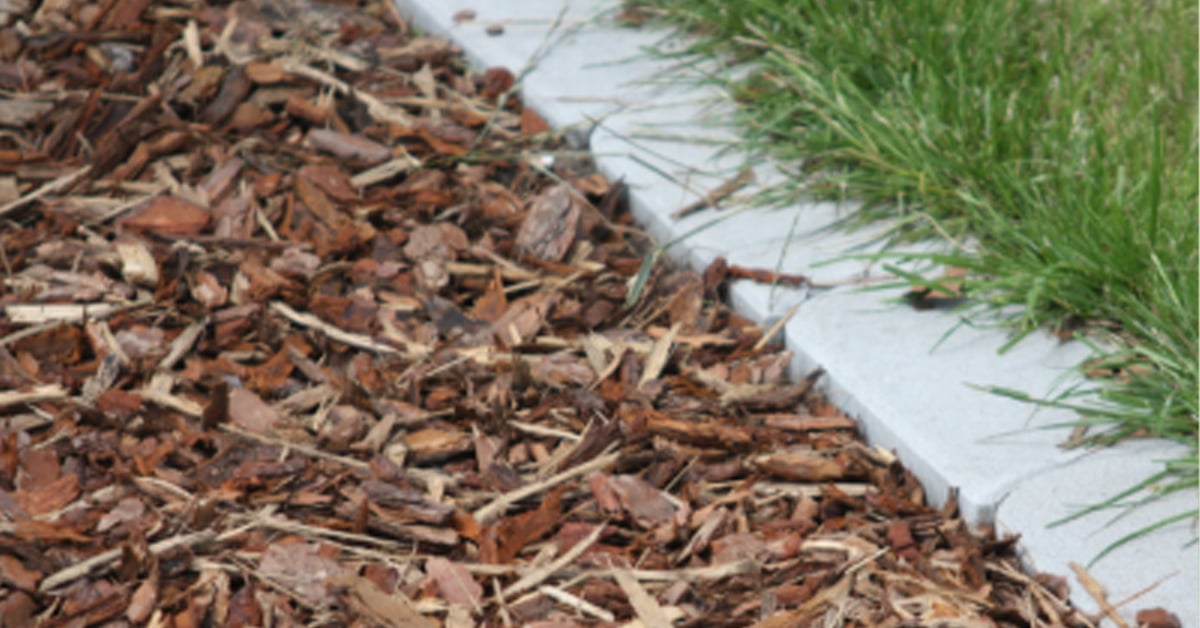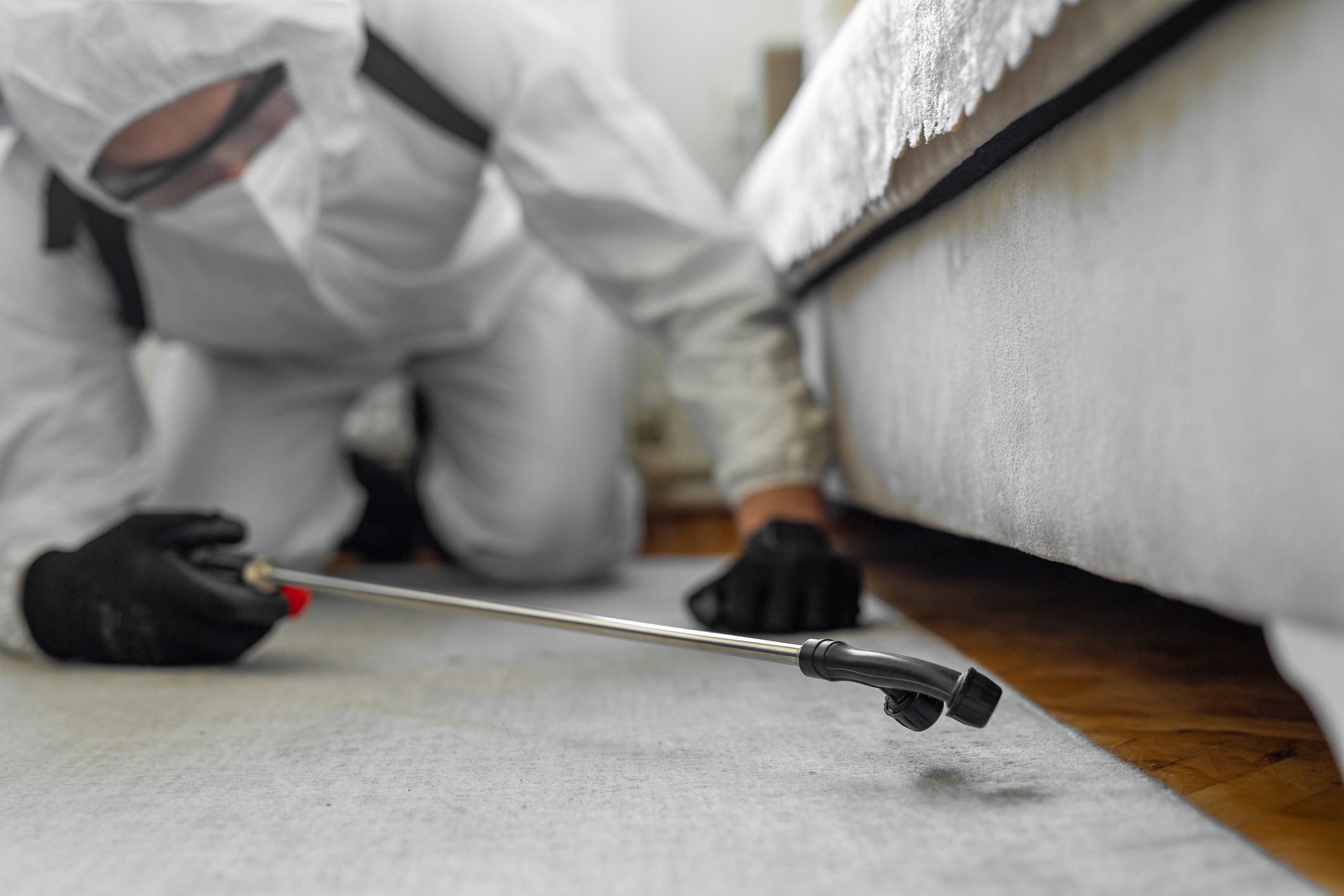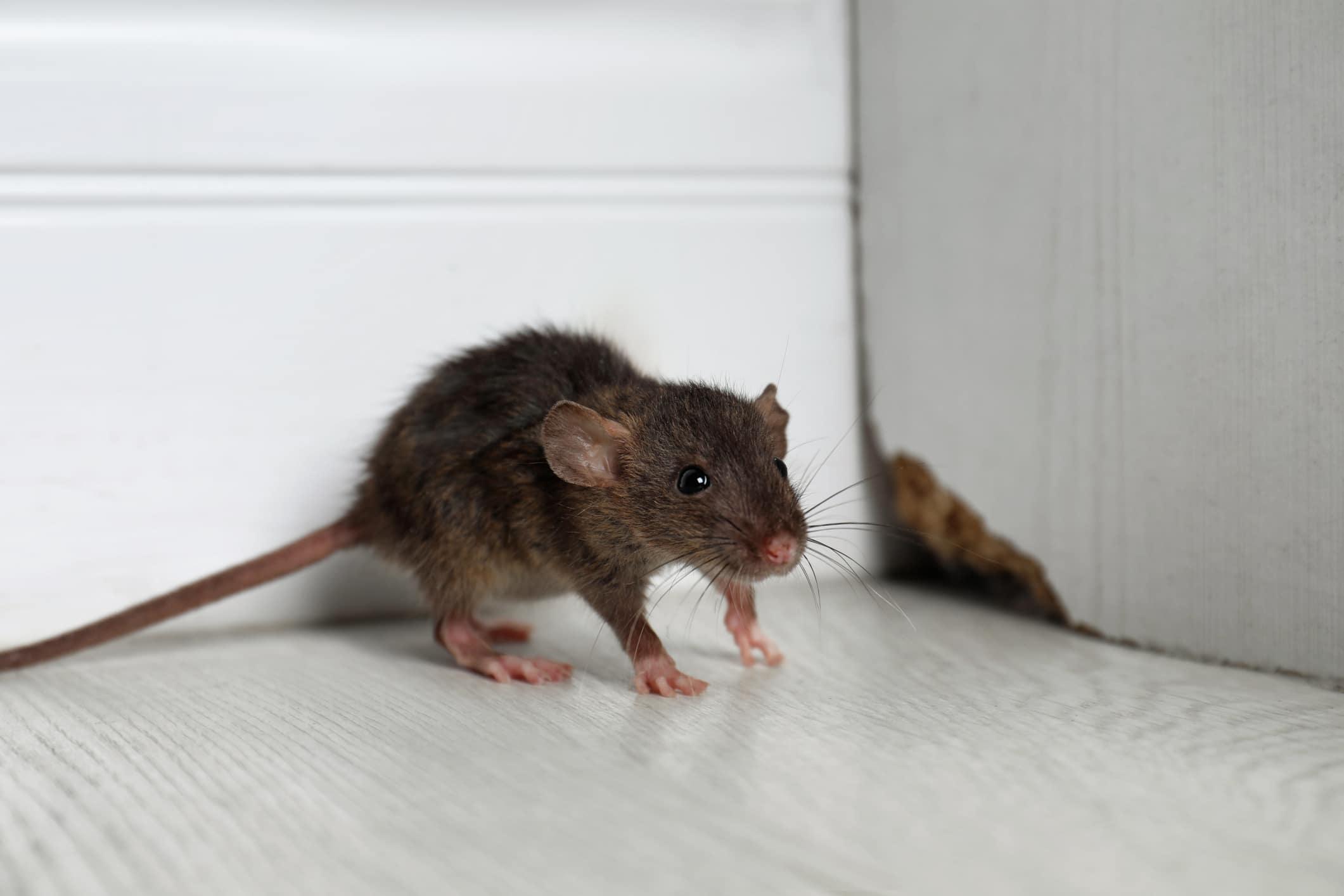Moth infestations in Michigan can be a pervasive nuisance, infiltrating homes and destroying clothes, dry…

12 Tips to Deter Insect Activity
Updated: September 27, 2023
Deterring insect activity is significantly more challenging than animal prevention, simply because insects can get into openings so small that it is not realistic to seal them all; in many cases, they are not even discernible to the naked eye. With insects, exclusion is not entirely possible; rather, you are looking at reducing conditions conducive to insect problems.
Insects are notorious for finding their way into our homes, often through the tiniest of gaps and unnoticed entry points. While it might be impossible to create an impenetrable barrier against these tiny intruders, there are effective strategies you can employ to deter them from making themselves at home in your living space. In this comprehensive guide, we will explore twelve practical tips and expert recommendations to help you keep insect invaders at bay. Whether it’s reducing moisture around your foundation, sealing potential entry points, or maintaining a high standard of cleanliness, our goal is to empower you with the knowledge you need to enjoy a pest-free environment. Join us as we delve into the world of insect deterrence and take back control of your home!
1. Reduce Use of Mulch Around Your Foundation
Mulch is any layer of organic material applied to the surface of the soil. Its purpose is to improve the fertility of the soil by adding nutrients and conserving moisture. Because mulch conserves moisture, mulch beds make attractive nesting sites for insects, especially earwigs, but also centipedes, roly-poly bugs, and spiders. When people mulch gardens that abut the foundation of their home, it is inevitable that the insects nesting in the damp mulch will crawl around and find their way in through the foundation. This is especially true of wood chip mulches, which hold the most moisture.
Mulch is valuable for its nurtrient properties, but many people use it just for its decorative aspects. If you have mulch abutting your foundation and there is no necessary reason why you need it, consider replacing it with pea stone or gravel. Or, alternately, keep your mulch beds but create a 6 inch band of pea stone that separates the mulch bed from the foundation. This will deter insects in the mulch bed from crawling through the foundation.
2. Seal Basement Window Frames
Basement windows and window wells are some of the most common entry points for insects. Basement windows in older homes are sometimes framed in with wooden frames which, with the passage of time, can crack, flake, or pull away from the foundation, opening up an entry point for insects. It is common for box elders, spiders, and centipedes to enter through window frames. Creature Control recommends caulking around basement window frames and sealing cracks in wooden frames to deter the insects from getting in.
3. Check Door Sills
It may come as a surprise, but many unwanted insects simply walk in through an open door. Well, not literally open, but insufficiently sealed door sills provide the equivalent of a wide-open door for insects. The door sill is the place where the door meets the threshold. Door sills should be sealed with a weatherstrip, which is a strip of rubber meant to keep out cold air. But it also serves as a deterrent against insect entry. Weatherstrips can often get deteriorated or ripped off over time, providing easy access for insects. Earwigs in particular love getting in through door sills. To deter insect entry, make sure all doors have proper weatherstripping.
4. Screw Down Loose Siding
Aluminum siding is the siding of choice on most modern homes. However, over time siding can pull away from the home, leaving gaps between the layers of siding. These siding gaps are favorite nesting places for yellow jackets and wasps. It is a good thing to go out in the fall, when the stinging insect season is over, and look for places where the siding is pulling away. Presuming most of the siding is still in decent shape and does not need to be replaced, these siding gaps can usually be closed by screwing the siding down with screws.
5. Look Under Decorative Garden Stones
Sometimes people like to edge their garden with decorative stones. This creates a nice, natural look for the garden and is easy to maintain because, let’s face it, few things have a longer life span than a big ole stone. But they also provide harborage for ants, which will often construct elaborate colonies under decorative garden stones. Most ants will not forage more than 8-12 feet from their colony, so if your garden abuts your house, it is likely that your living space is within the ants’ foraging range, and you increase the likelihood of seeing ants in your kitchen and home. If you do use decorative gardening stones, it would be a good idea every now and then to flip them up and see if there are large ant colonies under them. If you do find a colony (and they are not difficult to spot), you can spray them with an over the counter product, or else have them professionally sprayed if you want a more effective and immediate result.
6. Check Railroad Ties and Logs
In addition to stones, many people will use old railroad ties for landscaping. Railroad ties are ideal for landscaping because they have a very long life span. However, they do get soft over time, and the softer the wood gets, the more likely it is to house carpenter ants, or sometimes nests of yellow jackets. The same is true of old logs. Any wood that is soft or semi-permeable is likely to become a nesting place for insects.
7. Repair Damaged Screens
It is obvious that holes in screens provide easy entry points for insects; sometimes we see the little (or big) holes in our screens but don’t realize how many insects can actually get in through them. Insects are very sensitive to air currents, air pressure, and subtle differences in temperature. Small insects like flies and mosquitoes will inevitably be find these points and get in to the house. If you are noticing a lot of flies and mosquitoes getting in to the house in the summer, check your screens for holes and get damaged screens repaired or replaced.
8. Reduce Use of Outdoor Lights Near the House
People like to use outdoor lights as a means of security for their home. However, while light may deter human intruders from skulking around, it actually attracts insects. Surely you have seen light posts at night with hundreds of moths, mosquitoes, and other bugs swarming around it? It is not a bad thing to have so many insects swarming around a light, but if the light is in too close a proximity to your house, it is natural that the insects may pick up on differences of pressure and temperature within your house and try to get inside. This is very common when there are flood lights or exterior lights immediately over a doorway, and a common way of attracting moths, silverfish, and mosquitoes to the home. If you are concerned about security, it might be better to use motion lights rather than lights that stay on all night; or, if you want lights that stay lit all night, consider exterior lights on posts that are a little ways off from the home.
9. Dehumidify Your Basement
Depending on where you live, this is something you ought to be doing anyway. Here in Michigan, every basement ought to have a dehumidifier to keep moisture levels down and prevent the build up of mold. Insects thrive in moist environments. Most common household insects cannot thrive in dry environments. Many insects have exoskeletons, which means their skeleton is on the outside of their body. Their bodies dry out very easily. Some insects – like box elders and certain ants – have a hard time just crossing a carpeted floor because of the dryness of the carpet. Have you ever noticed lots of dead bugs in your windows? They are attracted to the light, but the dryness of the window sill and the light of the sun dries them out and kills them. Many commercial pesticides work as desiccants, chemicals that kill the insect by drying it out. So anything you can do to create a drier, less humid atmosphere in the home is going to be useful as a deterrent. Since most insects come in around the foundation or basement if you have one, a dehumidifier in the basement will help deter insect activity.
10. Maintain a High Degree of Cleanliness
This one seems like a no-brainer, but it is important. In most homes with severe insect problems, there is also problems with cleanliness. You may not have a severe insect problem, but you can take active steps to make your home less conducive to infestations. First, make sure the home is free of clutter – or if you do have a lot of possessions, it is best to keep them well organized and off the ground, if possible. This reduces potential harborage areas. Crumbs should be cleaned up as soon as possible, and any areas where food is regularly eaten should be cleaned daily. Grease also attracts insects; occasionally pulling your oven out and cleaning the grease from the sides is a good practice to get in the habit of doing. Consider, a single crumb or tiny piece of grease is enough to keep a cockroach alive for six months!
11. Thoroughly Check Your Bags and Launder Your Clothes When Returning from a Trip
This tip pertains only to one kind of insect pest: bed bugs. Creature Control deals with a very large number of bed bug infestations every year, and while some of these are due to poor cleanliness, a fair amount were brought home from travel. Cheap motels commonly have bed bug problems. If you set your luggage on the floor in such a motel, bed bugs may crawl into it, or they can hide in the folds of dirty clothes thrown on the floor. When you return from a trip and you are not sure if the motel you stayed in had bed bugs or not, thoroughly check all luggage before packing it away, and wash all dirty clothes immediately instead of throwing them in the dirty clothes hamper. We also recommend keeping your luggage on a table rather than on the floor when in a motel; it would also be a good idea to learn how to do a basic bed bug inspection so you can tell if your motel room has had bed bug activity.
12. Vacuum Behind Dressers and Picture Frames
Spiders are among the most common household insects. While spiders have some benefits, many people cannot tolerate the presence of spiders in the home. Spiders like to lay egg sacs on the backs of flat objects, such as dressers, cabinets, and picture frames. To deter the proliferation of spiders, occasionally pull dressers away from the wall and check for egg sacks. Egg sacks look like small, fuzzy white balls. If you see them, vacuum them up. Also check the backs of picture frames, and the undersides of cabinets and couches, if possible. Besides vacuuming up spider eggs, you can check corners for webs and vacuum them up as well. Vacuuming webs and egg sacks is the most effective way to deter spider activity.
That’s it for now…check out some of our other Do It Yourself tips and tricks, or contact us with any pest or wildlife related questions!
Say Goodbye to Unwanted Insects with Creature Control’s Expert Tips
Are insects invading your home? Don’t worry; Creature Control is here to help! As your trusted pest and wildlife solution provider in Michigan, we specialize in humane pest control services. In this blog post, we’ve compiled a comprehensive list of strategies to keep those pesky insects at bay. From sealing window frames and door sills to reducing outdoor lighting near your house, we’ve got you covered. Plus, we offer professional Pest Control, Rodent Control, and Wildlife Removal services. Say goodbye to unwanted insect guests and hello to a pest-free home! Contact Creature Control today to safeguard your space.


